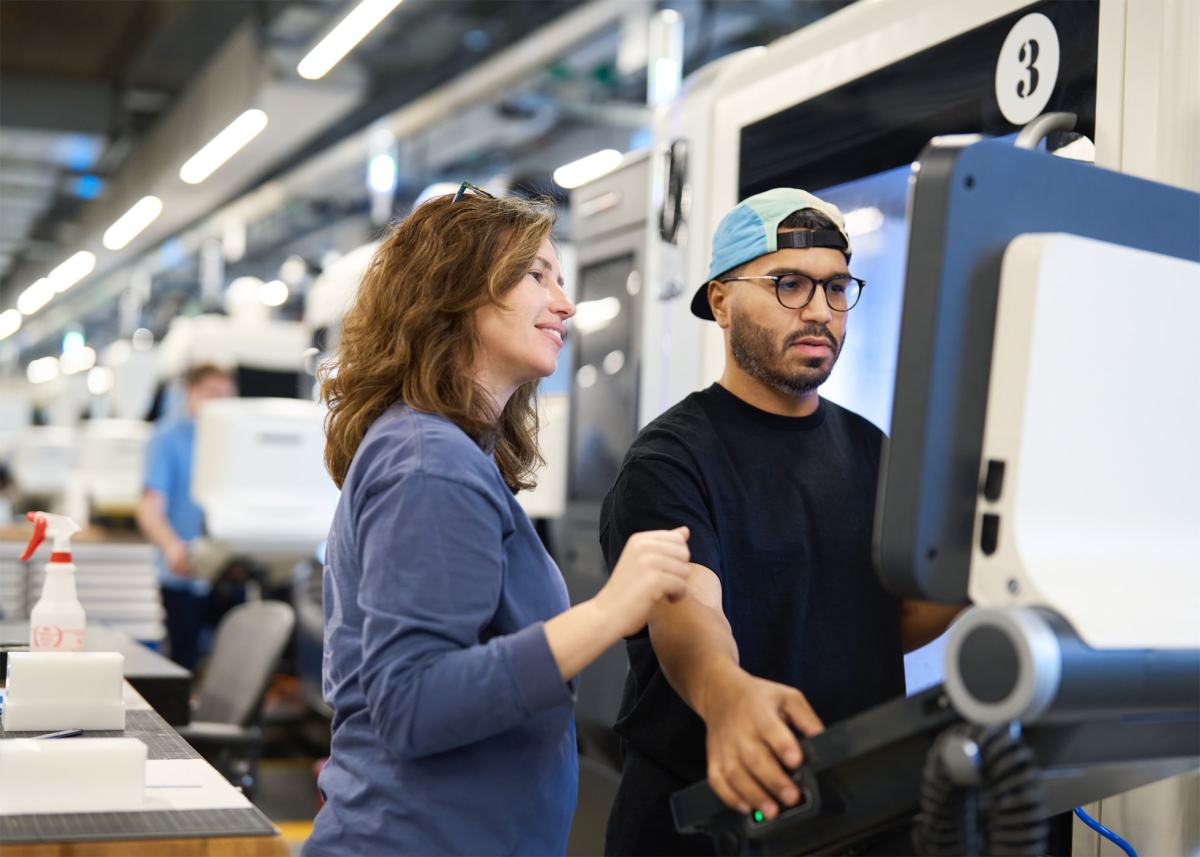Silicon Valley Meets Space City: Apple's Massive $500B Bet on American Manufacturing

In a bold move to reinvigorate domestic manufacturing and technological innovation, the U.S. government is applying significant pressure on tech giants to expand their operations within American borders. Major technology companies are increasingly responding to this call, recognizing the strategic importance of strengthening their domestic footprint.
The push comes as part of a broader initiative to reduce reliance on international supply chains and boost national technological capabilities. Tech leaders are now actively exploring ways to increase their investments in U.S.-based research, development, and production facilities. This shift represents a pivotal moment in the relationship between government policy and corporate strategy, signaling a new era of collaborative economic development.
By embracing these domestic expansion efforts, tech companies are not only aligning with government objectives but also positioning themselves to benefit from potential incentives, tax breaks, and enhanced national support. The trend highlights a growing recognition that strategic local investment can create long-term competitive advantages in an increasingly complex global technology landscape.

